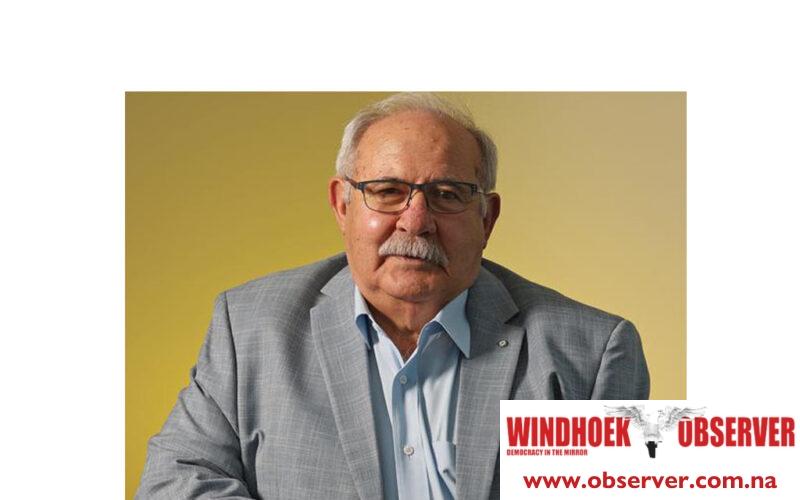CHAMWE KAIRA
Australia-based uranium production company Deep Yellow, which has forecast that the world’s uranium requirements in the late 2030s and early 2040s will reach between 250 million pounds of uranium oxide and 300 million pounds.
In 2023, global production was 150 million pounds.
Deep Yellow is developing the Tumas project in the Erongo Region.
Managing director John Borshoff noted that there have been no new production mines around the world, despite the spot price ranging from $78 to $106 per pound.
He further pointed out that the political situation in Russia, Niger and Kazakhstan presents supply growth uncertainty.
In September 2023, the company’s flagship project, the Tumas Project, received a 20-year mining license.
Borshoff said the license will allow the project to progress towards production, establishing Tumas as the 4th uranium mine in Namibia.
Tumas’ ore reserves are estimated at 67.3 million pounds with a 22-year life of mine.
Tumas is preparing a definite feasibility study that is expected to be finalized before the end of this year and production is aimed for 2026.
He added that there is a potential to extend the life of mine to 35 to 40 years and that the project is already supported by grid power and an existing water supply.
In terms of nuclear demand, Borshoff said China has been maintaining strong growth projections, and the European Union is reviving nuclear energy.
He went on to say that India, which is expected to be the third-largest global economy by 2027, has placed nuclear energy as an integral part of its growth.
Other regions that are experiencing a revival in nuclear energy include Southeast Asia, North America, and the Middle East.
Borshoff added that future supply growth is totally dependent on greenfield projects, and there are only a few shovel-ready projects of significance available.
He said Deep Yellow is in a strong financial position with A$247 million cash to initiate the development of Tumas and pursue a growth strategy.
He said the uranium market backdrop creates exceptional opportunities in the post-Fukushima supply reconstruction era and taking advantage of a bifurcated market.
Talking about the staff at the company, he said the company has an experienced board and proven leadership supported by executive and technical teams strong across all operational, financial and governance domains.
He said the company is on a pathway to becoming a leading, reliable and long-term uranium producer, able to provide production optionality and security of supply with geographic diversity.




